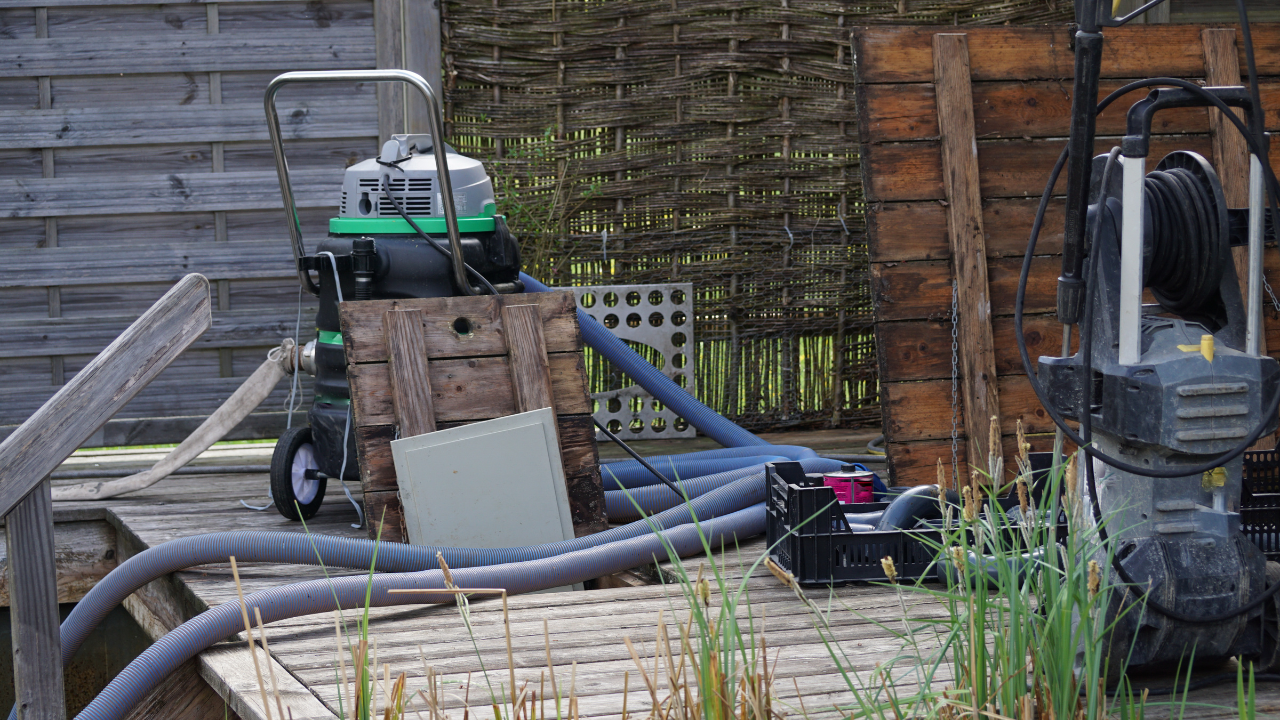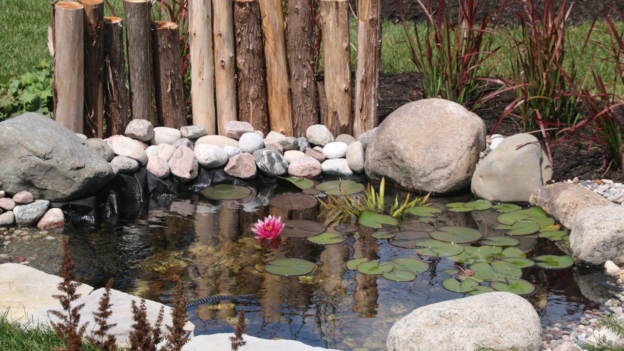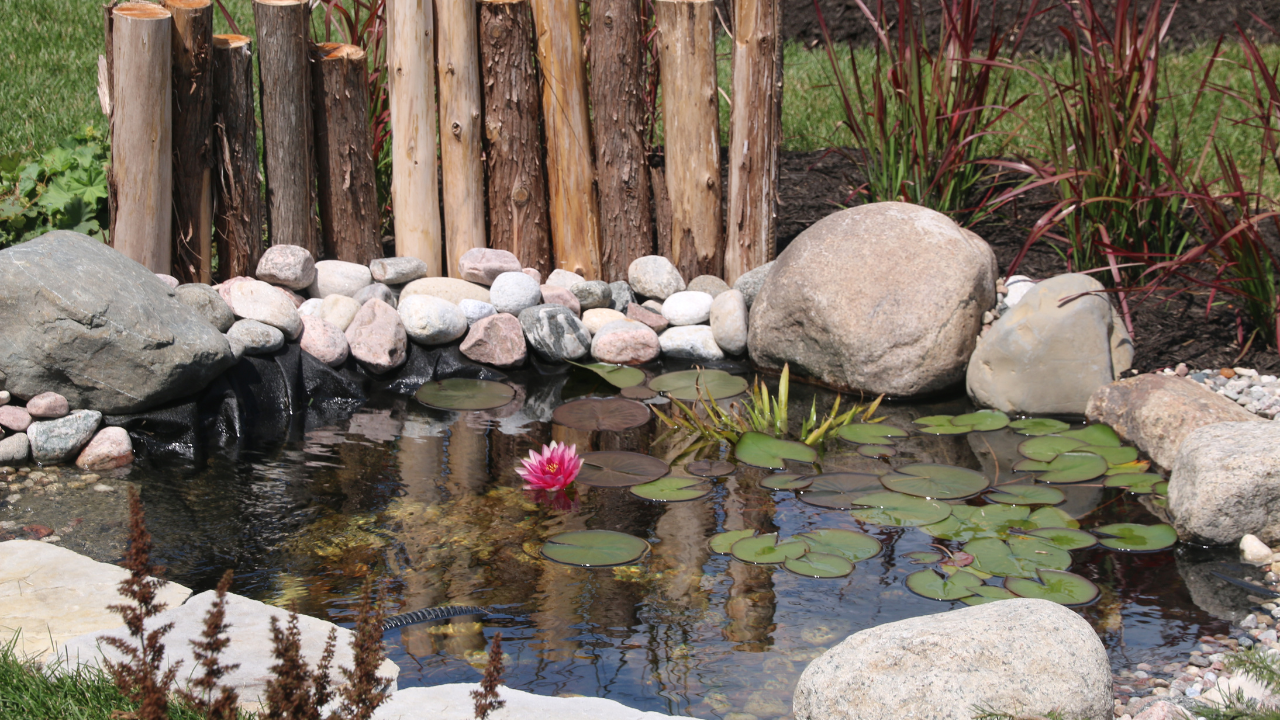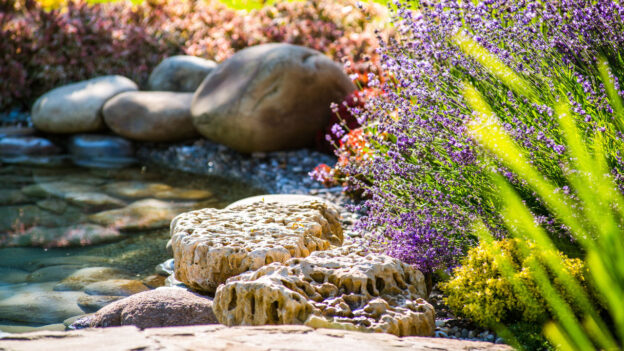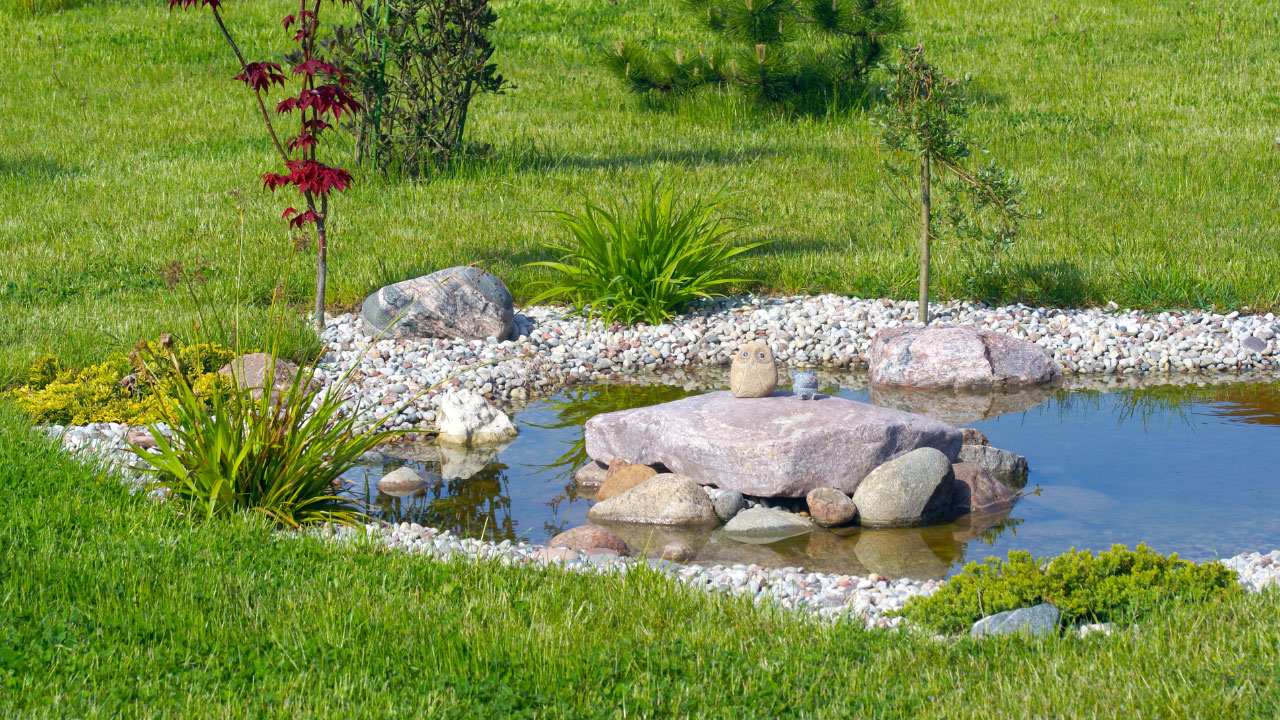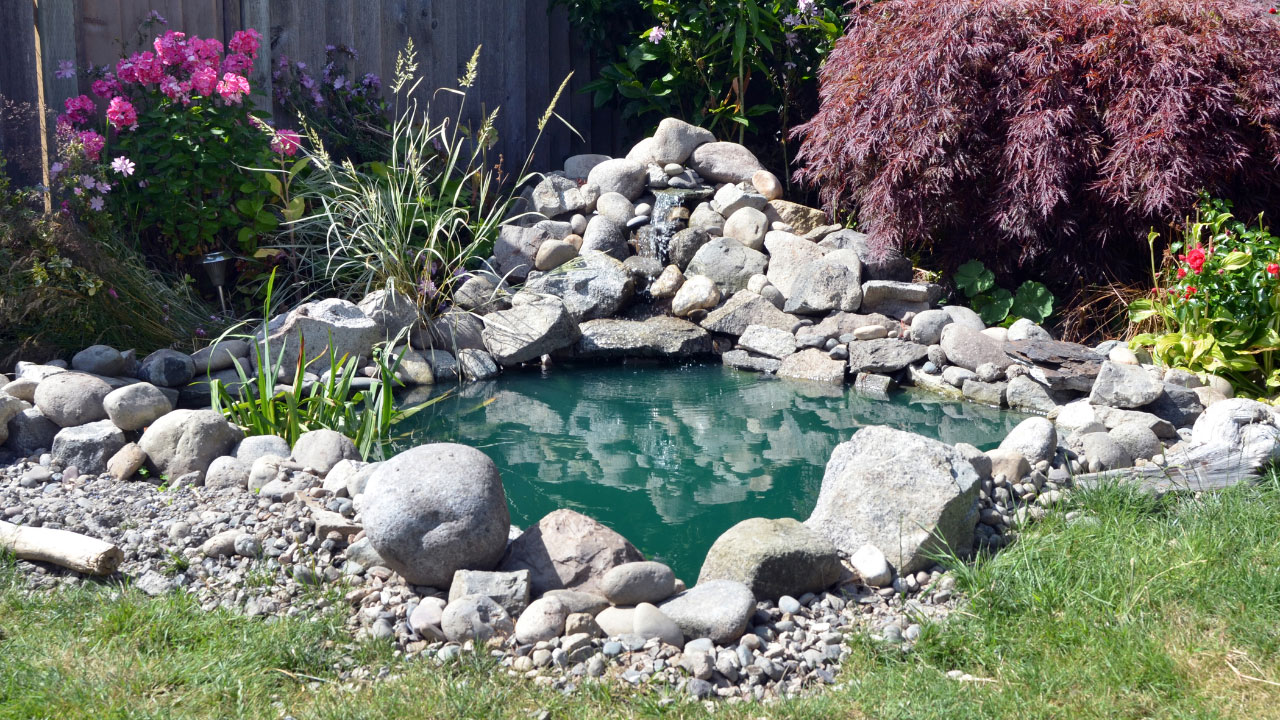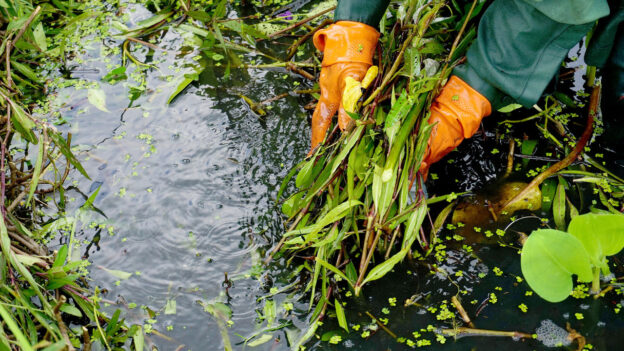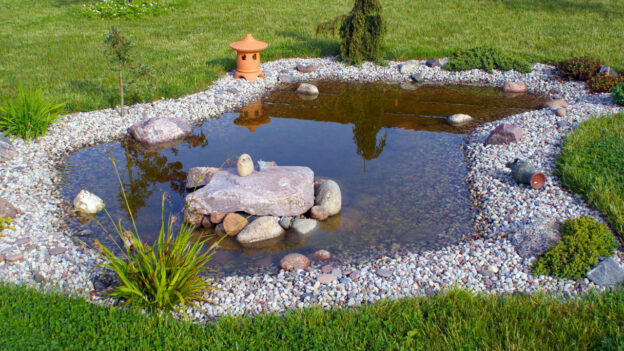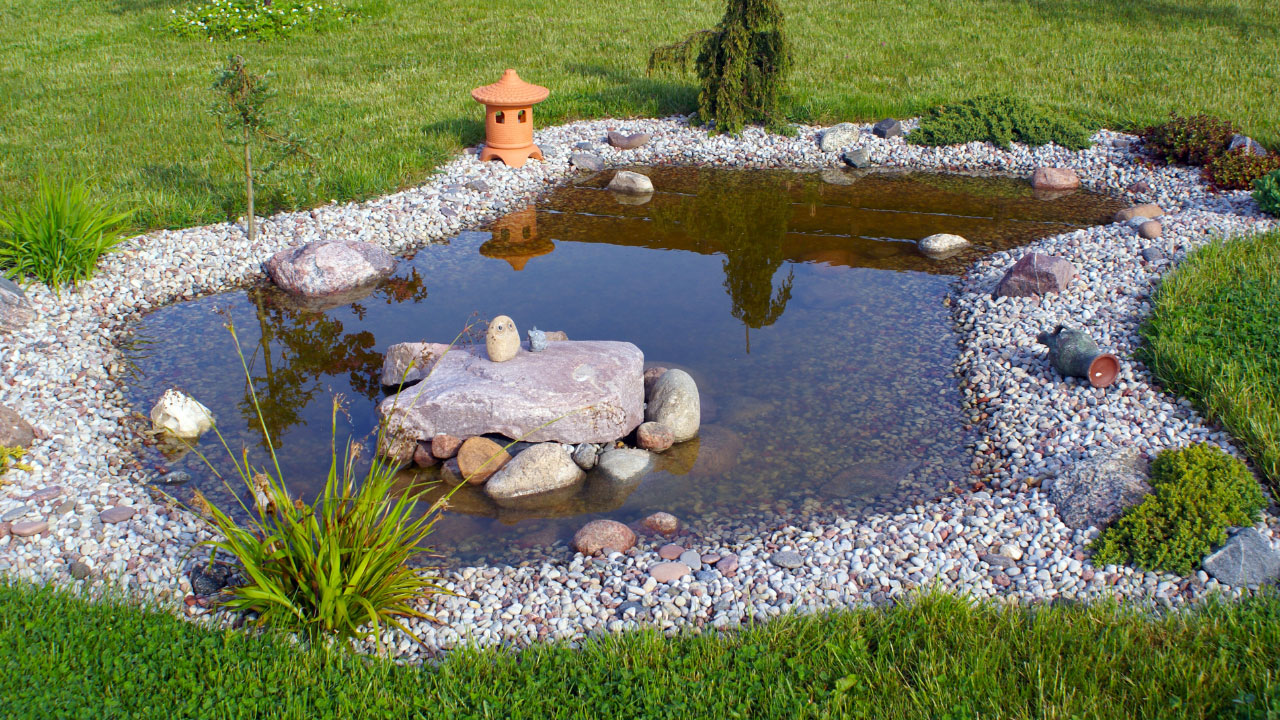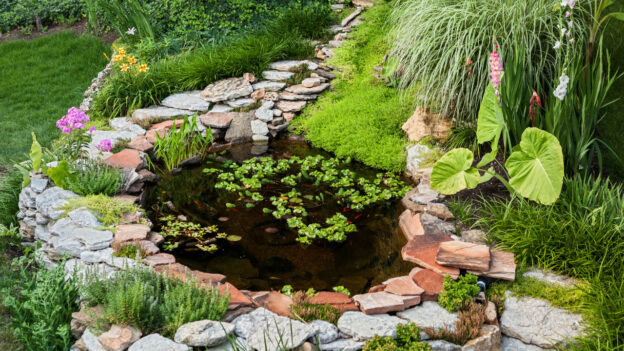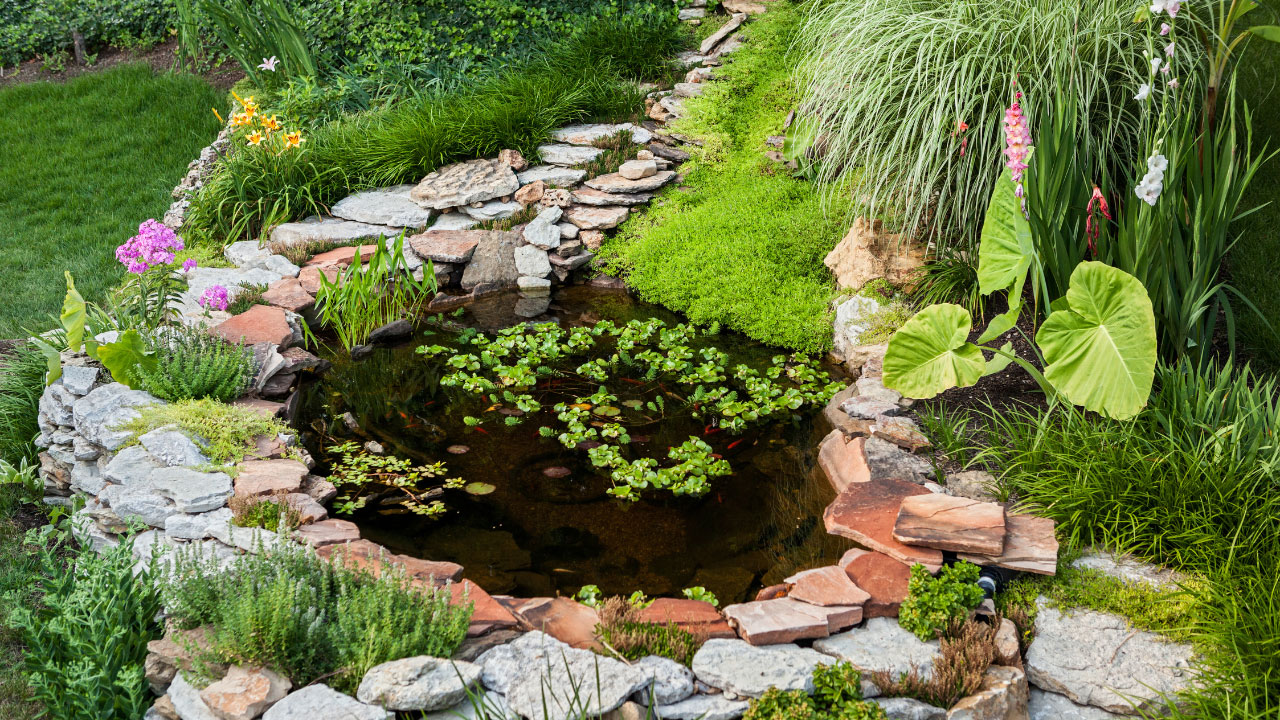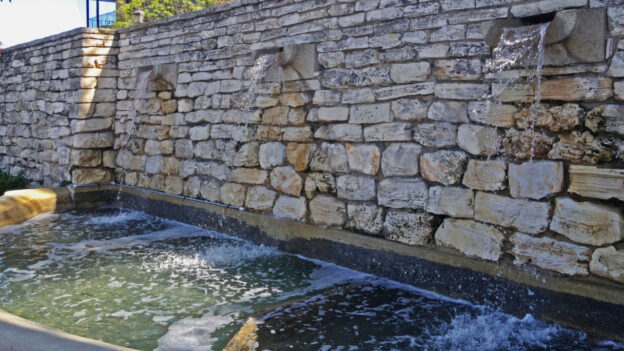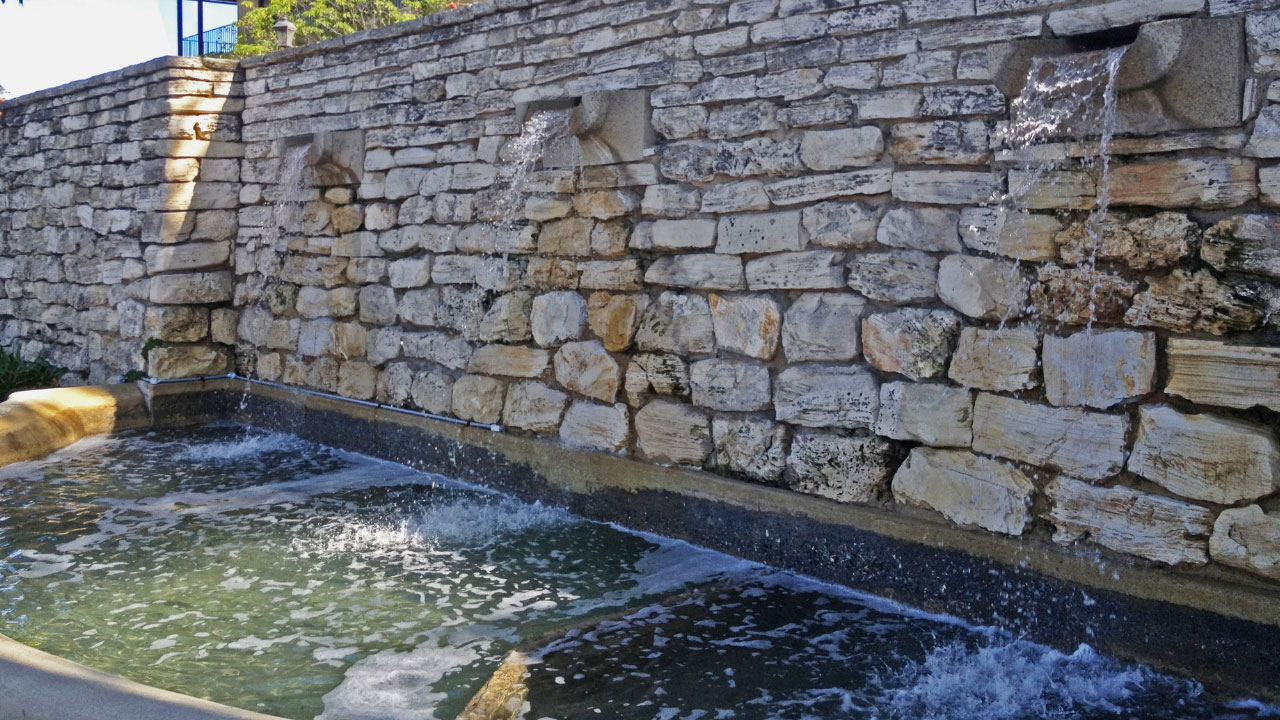Key Takeaway:
- A clean pond is essential for the health of its inhabitants.
- Regular maintenance is key to a thriving pond ecosystem.
- Remove debris to prevent water pollution.
- Maintain a balance of plants and fish.
- Use the right equipment for effective pond care.
A pond is a miniature ecosystem, teeming with life. From colorful fish to vibrant plants, it’s a captivating spectacle. However, like any ecosystem, a pond requires careful maintenance to thrive. Regular pond cleaning is important to maintain your pond’s beauty and fish’s health. This is why, as a pond owner, it is important to clean your pond regularly.
A neglected pond can quickly deteriorate. Debris like leaves, twigs, and dirt can clog the filtration system. This hinders its ability to purify the water and declines water quality. It creates an unhealthy environment for aquatic life. Besides, excessive algae growth can suffocate plants and reduce oxygen levels. This endangers fish and other organisms.
Beyond the ecological reasons, a dirty pond is not a good sight. Green water, floating debris, and a murky bottom can reduce your space’s appeal. A clean and well-maintained pond, on the other hand, can improve your property’s value and provide a serene atmosphere.
By investing time and effort into pond cleaning, you preserve a beautiful garden pond. This pond also contributes to a healthy environment for the creatures that call it home. In the following sections, we have explained some tips and tricks for cleaning a pond. These tips will also help you maintain a clean garden or koi pond.
Tips and Tricks to Clean Your Pond
Here are the tips to clean your pond:
Aerate the Pond
Aeration is crucial for maintaining a healthy pond ecosystem. This means introducing oxygen into the water. Oxygen is essential for the survival of fish and beneficial bacteria. Oxygenation helps to break down harmful substances, reducing the likelihood of algae blooms. Using a pond aerator or a fountain can effectively increase oxygen levels.
Remove Plants and Fish
While aquatic plants are beneficial for a pond, an overabundance can create problems. Excessive plant growth can shade the water, hindering photosynthesis and reducing oxygen levels. Overcrowding can also lead to nutrient imbalances. Similarly, an excessive fish population can contribute to water pollution through waste accumulation. Regularly monitoring plant and fish populations is essential for maintaining a balanced ecosystem.
Get a Pond Rake
A pond rake is a valuable tool for removing surface debris. Leaves, twigs, and other floating matter can accumulate quickly. They block sunlight and create a breeding ground for algae. By using a pond rake to clear the surface regularly, you improve water quality. And prevent clogs in the filtration system.
Add Beneficial Bacteria
Beneficial bacteria play a vital role in pond maintenance. These microorganisms decompose organic matter into harmless substances. These organic matter could be decomposing plants and dead fish. By adding beneficial bacteria to your pond, you can enhance water clarity. This further reduces the need for chemical treatments. Beneficial bacteria are also important to keep your pond clean and organic matter under control.
Invest in Quality Pond Cleaning Equipment
Having the right tools can make pond cleaning easier and more effective. A pond vacuum is indispensable for removing sediment and debris from the pond’s bottom. A skimmer net is useful for collecting surface debris. And a telescopic pole allows you to reach hard-to-access areas. Investing in high-quality equipment will save you time and effort in the long run.
OCPond’s pond fountain parts and supplies Orange County provides high-quality pond cleaning equipment.
How to Keep Your Pond Clean
Once you have cleaned your pond, the next question is – how to keep my pond clean? Following some steps, you can reduce the cleaning time. And also, this helps you maintain a cleaner pond.
Keep a Limited Amount of Fish
Overstocking your pond can lead to water quality issues. Each fish produces waste, which can contribute to nutrient buildup and algae growth. To prevent problems, it’s important to maintain a balanced fish population based on the size of your pond. If you have a small pond, keep small fish and, ideally, only one kind of fish. In the case of larger ponds, you can be creative with your fish population.
Go Easy on Fish Food
Overfeeding fish can lead to excess food waste, which can deteriorate water quality. Only feed your fish the amount of food they can consume within a few minutes. Avoid overfeeding, especially during cooler months when fish metabolism slows down.
Choose the Right Size Pump
A pond pump is essential for circulating water and maintaining water quality. It helps to prevent stagnant areas where harmful bacteria can thrive. Ensure that your pump is the right size for your pond to ensure adequate water circulation. Water circulation prevents stagnation, which can be harmful to your fish and plants.
Remove Debris On Time
Fallen leaves, twigs, and other debris can quickly accumulate in your pond, contributing to water pollution. Regularly remove debris to stop it from decomposing. This could release harmful substances into the water. Removing these on time prevents them from settling in and converting into sludge.
Cultivate Beneficial Aquatic Plants
Aquatic plants play a crucial role in maintaining a healthy pond ecosystem. They provide oxygen, absorb nutrients, and create hiding places for fish. Add oxygenating plants and floating plants to enhance your pond’s ecosystem. Ideally, about 40 to 60 percent of your pond’s water area should be covered with plants.
Use a High-Quality Pond Filter
A pond filter is essential for removing impurities from the water. It helps to maintain water clarity and reduce algae growth. It also creates a healthier environment for your pond inhabitants. Choose a filter that is appropriate for the size of your pond and the number of fish it contains. A pressure filter will be useful but go easy with it when cleaning a fish pond.
Monitor Water Temperature
During hot summer months, water temperature can rise to harmful levels for fish. To prevent thermal stress, use a pond fountain or waterfall to increase water circulation and oxygenation. Additionally, providing shade over part of the pond can help to cool the water. Keeping aquatic life safe during summer is important. Heat could be dangerous for them.
By following these tips and using them in your pond care routine, you can maintain a clean and healthy pond.
Work with OC Pond and Guarantee Your Pond’s Health
OC Pond provides pond and fountain repair Orange County and helps you keep your pond clean. We have high-quality equipment and supplies that cater to your pond cleaning and maintenance needs. Call us now and get expert services and equipment.



